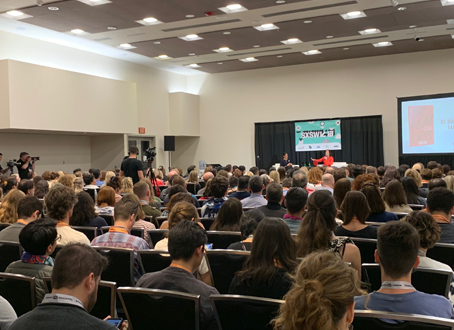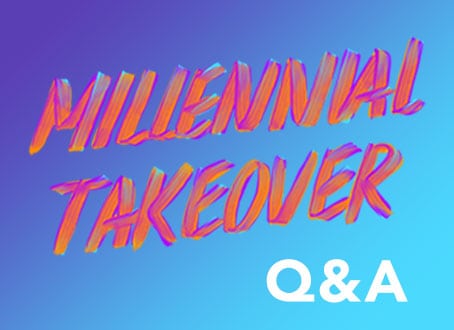more POSTS

Jessica Zetzman
@ActuallyJZSXSW 2020 PanelPicker – Cast Your Vote by August 23!
We need your help to get these panels to SXSW 2020. Learn more about the panels we submitted and how you can vote!
Read More
Case Foundation
@casefoundationDavid Litt of Funny or Die Shares How He Uses Humor to Encourage Civic Participation
Author, White House alum and Funny or Die Writer, David Litt, shares how he uses humor to encourage civic participation.
Read More
Case Foundation
@casefoundationMichael Smith of My Brother’s Keeper Shares How He’s Helping Build a National Movement
Michael Smith of My Brother's Keeper Alliance shares how he's building a national movement to help young men of color succeed.
Read More
